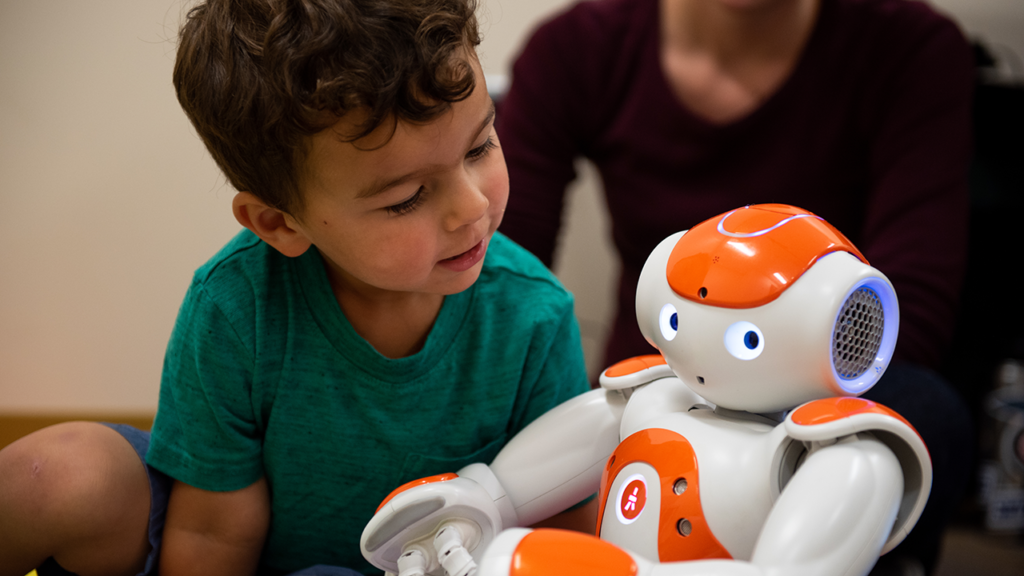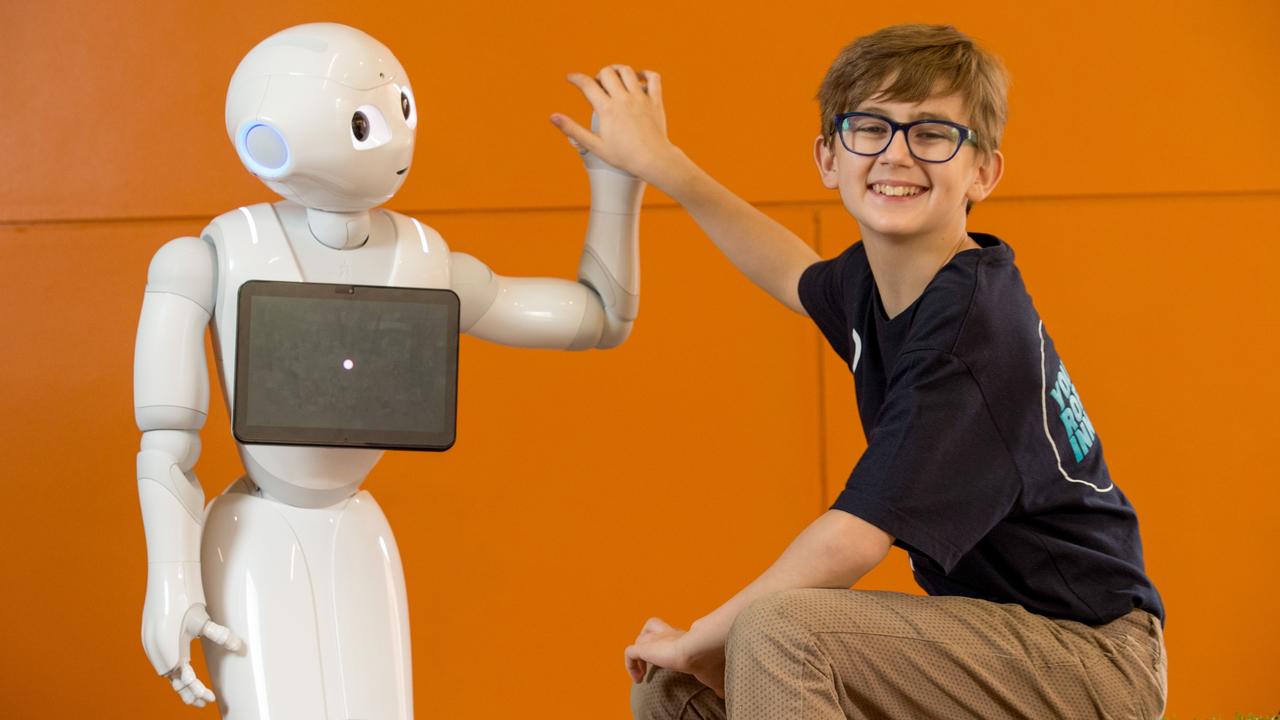Robotics hasn’t eliminated the traditional game: it’s just taken it to the next level
The game is the first and perhaps the most powerful learning system that humans have. This activity offers a rewarding experience for children, allowing them to explore and discover, while at the same time developing their imagination and thinking skills.
Enhancing cognitive development
The game also encourages children to learn, imagine and solve problems, while stimulating brain development. This is how they playfully learn essential lessons like cause and effect, problem solving, trial and error, symbolic thinking and more.
For this reason, robotics is closely linked to the development of children’s abilities. Not surprisingly, robotics is essentially creating a mechanical device that can be programmed to follow a set of instructions. The same mechanisms that we talk about in the traditional game are involved in this process: problem solving, creativity, imagination… We have simply changed the construction cubes for an element with which the interaction is no longer only one-sided.
The robot has a processing unit, sensors to sense its environment, and motors and actuators to move its limbs or wheels. It can talk, make other sounds, or light up with lights and colors in response to the environment, depending on the instructions.
Robots need the ability to follow programmed instructions and not just be controlled remotely.
Beyond STEM skills
It is true that in recent years the teaching of robotics for children has been valued, especially among those parents who want their children to learn technology at an early age.
But, beyond the STEM capabilities that these machines can enhance, introducing robotics into schools is also boosting children’s learning, who are able to improve their problem-solving skills, their strategic thinking—by encouraging a child to think about strategies in each robotics project, little by little they develop an analytical and critical intelligence— and to be more attentive and focused. Something that many parents miss.
Experimenting with robots also allows them to develop creative thinking skills, as they can apply the many ideas that come to mind in the design and conceptualization of their machine. Something that is done in teamwork and communication, which encourages participation and cooperation with other children in the class.
Something more than a toy

For this reason, robots designed for children are much more than a toy. In fact, the Association of Toy Manufacturers, which brings together toy manufacturers and watches over this industry, assured in 2016 that the best connected product of that year was BQ Zowi, a product that combines being a robot with a toy., so it is indicated and thought for the little ones in the house.
He can walk, dance, avoid obstacles, make sounds and make mouth gestures right out of the box. However, the challenge is for the children to learn to teach Zowi things, so that she increases her performance while they improve her playing skills.
What’s more, BQ has designed Zowi to be a robot that evolves at the pace of each child. The challenge is that they can disassemble it and reassemble it as many times as they want. When they do, they can access their circuits or create programming projects.
In addition to the hardware pieces, this robot comes with an application with which children can play the mini-games it includes. They will also be able to do small programming with this app to unlock new features in Zowi, which encourages them to continue building new options and developing their skills.
In other words, this robot fulfills a double function. On the one hand, that of allowing children to continue developing basic skills for their training through play. But, in addition, it allows them to explore new possibilities, taking the typical functions of any recreational product a step further.

Leave a Reply